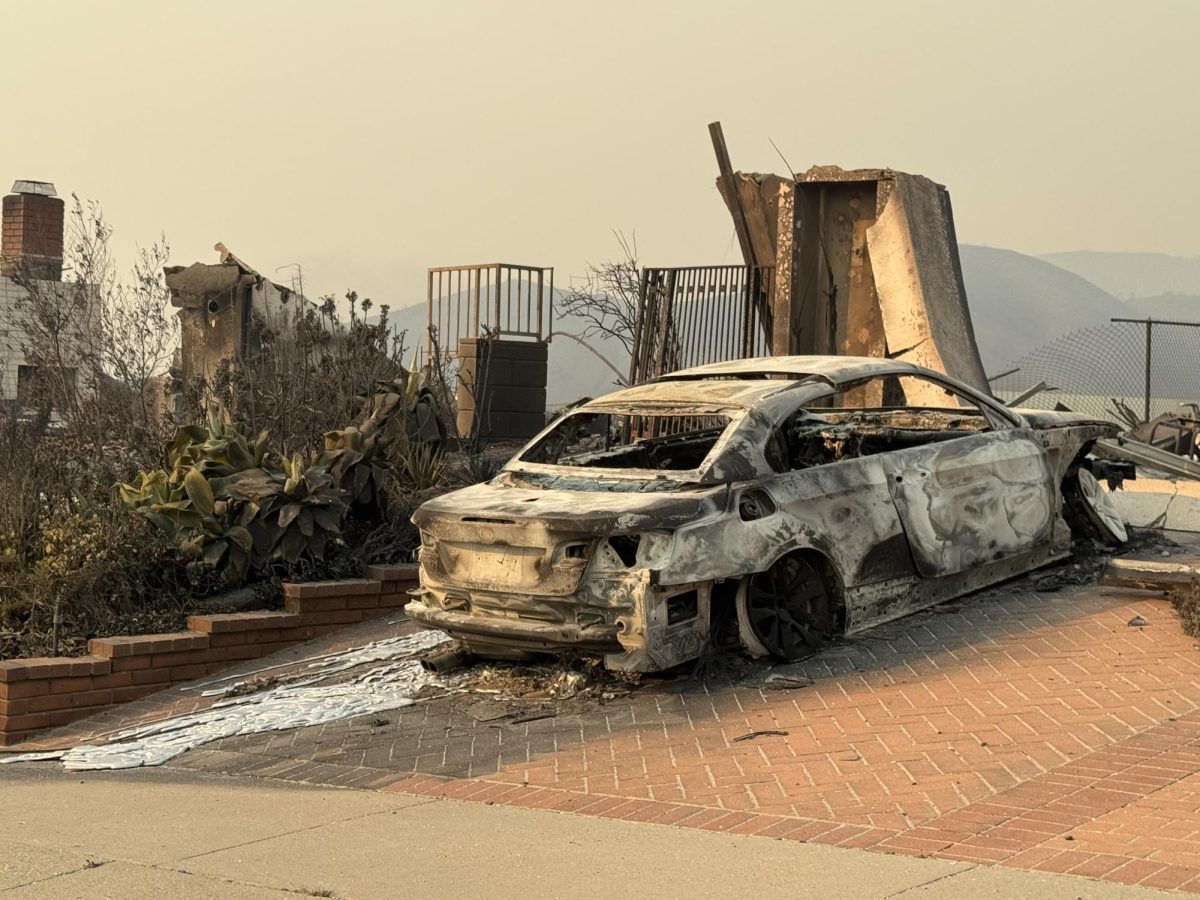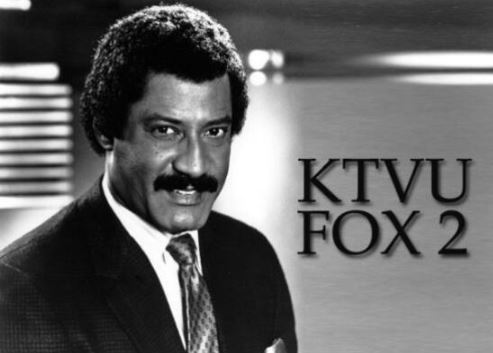Originally thought to have been predominantly male, college has taken a different turn as of recently. Enrollment rates for men have been on a steady decline in the last decade and who would’ve thought?
In the 1970s, men made up about 58 percent of the student population while women made up 42 percent, but now the roles have been reversed. Women now make up more than 56 percent of enrollment on campuses nationwide, according to the U.S. Department of Education.
Last year, U.S. colleges enrolled 1.5 million fewer students than five years ago and men comprised 70 percent of that number.
There are many unknowns, but “I just feel lost” is a common phrase many students have said.
There are a few things we do know, at least in the last couple years or so. The pandemic was a big reason for the decline in enrollment for the 2020-21 school years. According to the Wall Street Journal report, almost 700,000 fewer students enrolled in colleges in Spring 2021, compared to 2019 and there were 78 percent fewer men.
Whether or not they will return to school after the pandemic isn’t clear. What is clear is college grads do better financially than those without a degree. According to the report, American college graduates earn more than a million dollars beyond those with only a high school diploma.
It’s interesting, though, that feedback from men interviewed across the U.S. is that they quit school or didn’t enroll because they didn’t see enough value for the time and expense involved.
With all this in mind, the most important question poses itself: how are administrators going to come back from this significant downfall in enrollment? College Counselor Melissa Nagar thinks that tuition should be more accessible, saying, “College administrators need to look into the cost of higher education in the United States and how to make it more accessible. I also think it’s important for colleges to evaluate the kinds of programs that they are offering students,” she said. “Offering more experiential hands-on programs might make college programs more appealing to more kinds of students.”
Colleges have always seen a big gap with more men than women, so it is surprising to see the sides switching. It is unclear if male enrollment numbers will increase in the future, but perhaps after the pandemic is behind the numbers will level out and will become more balanced.









